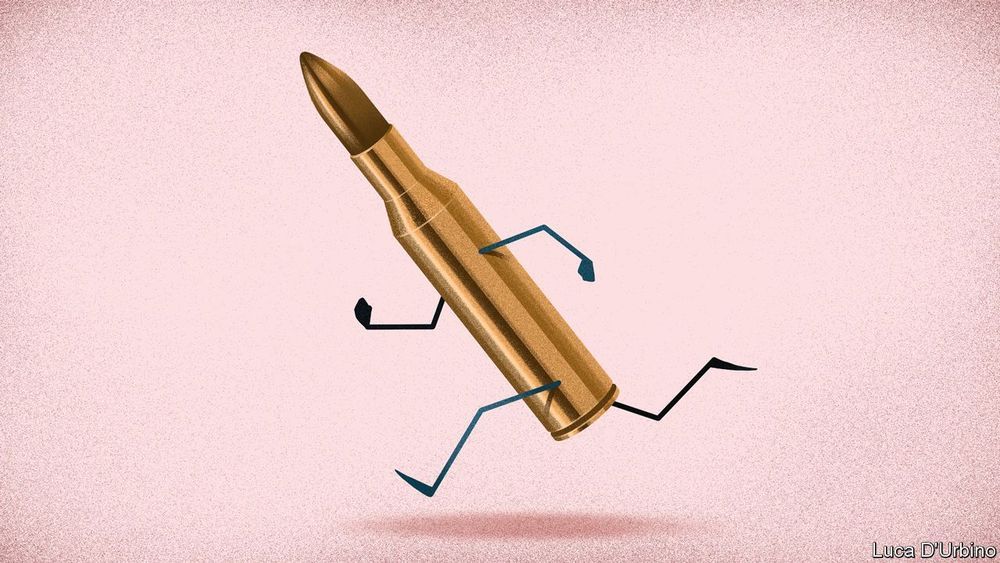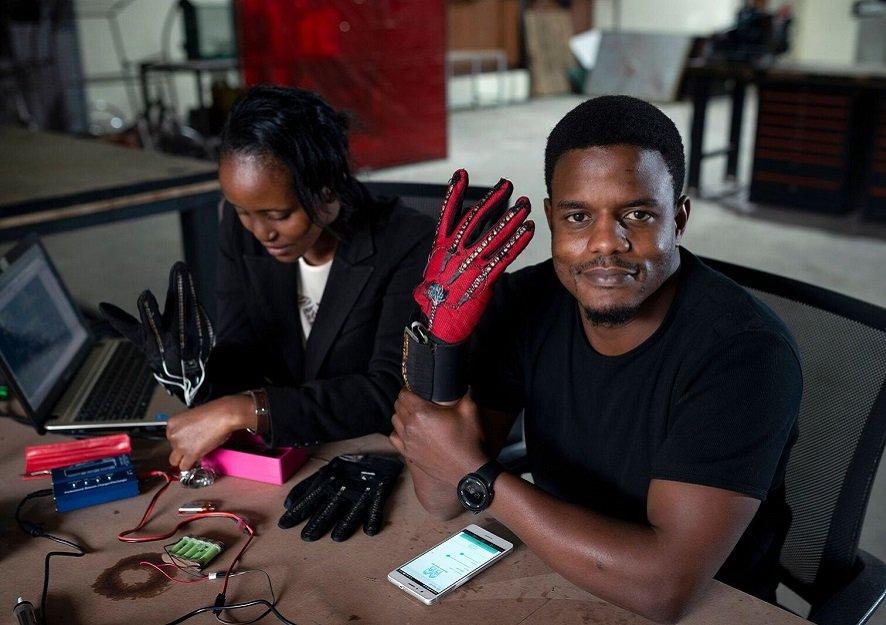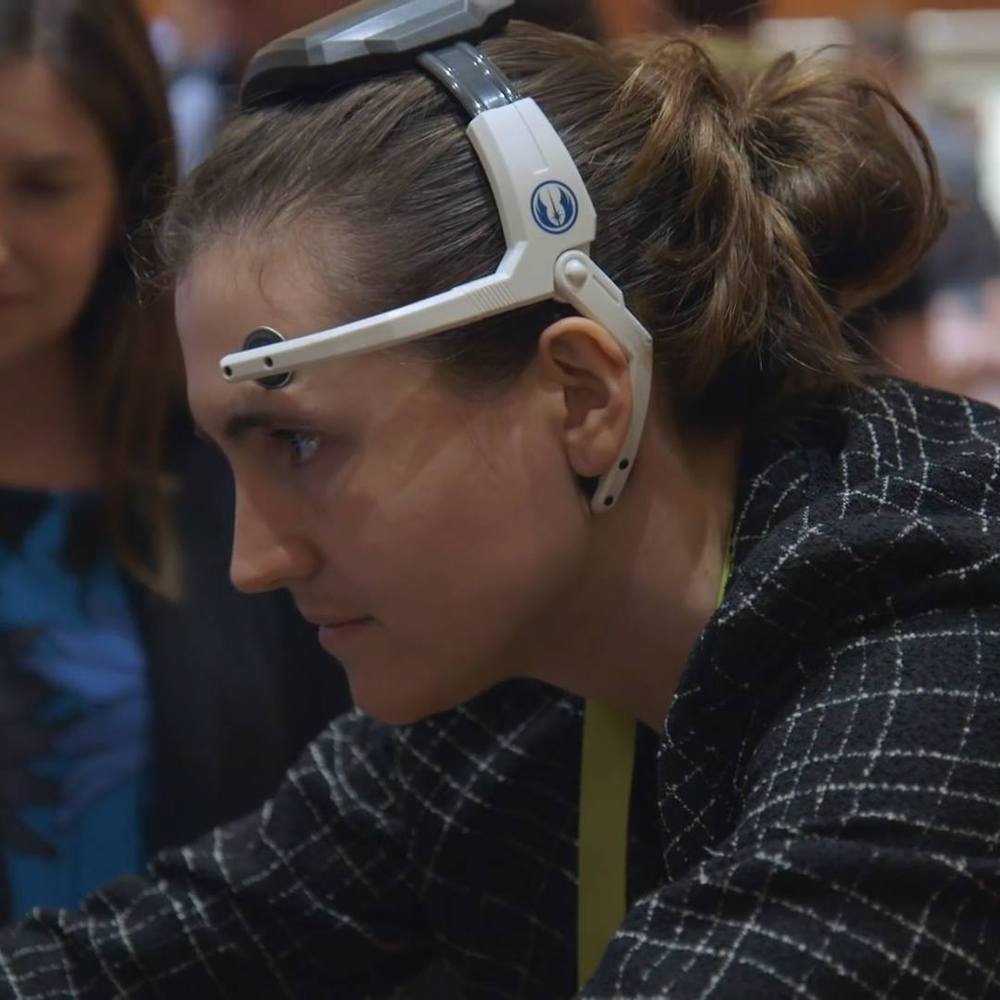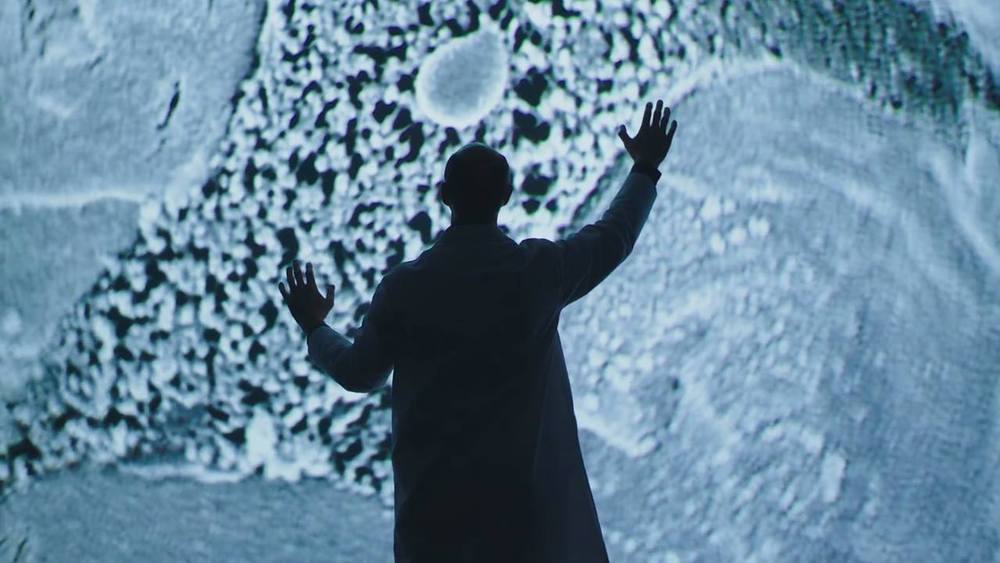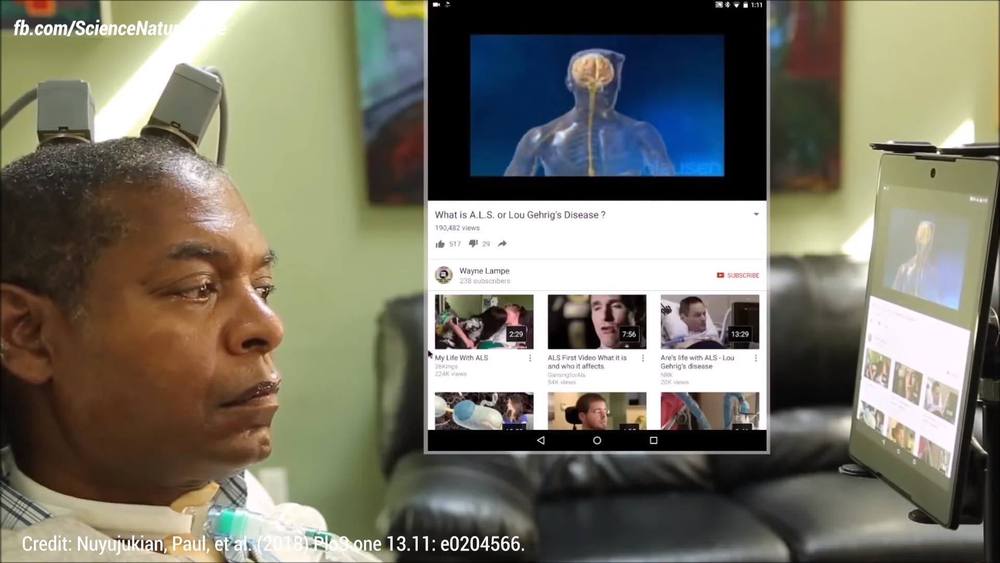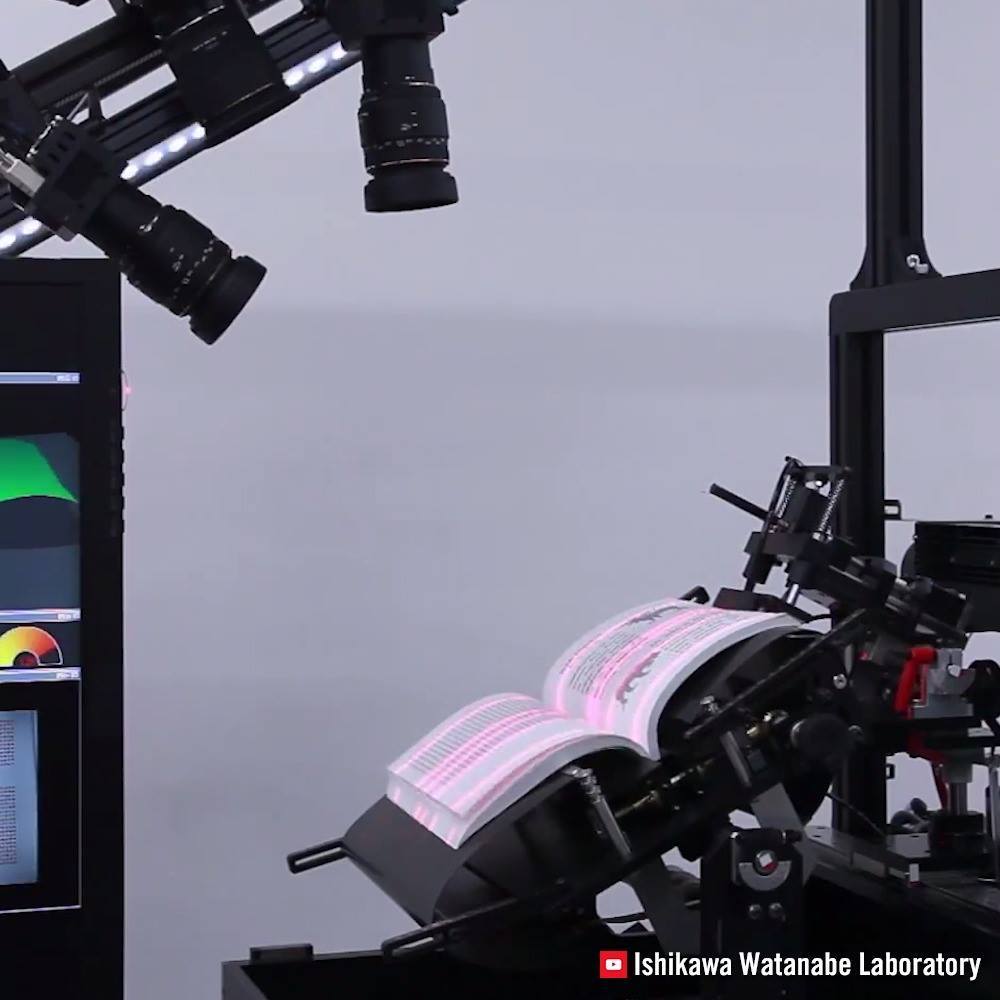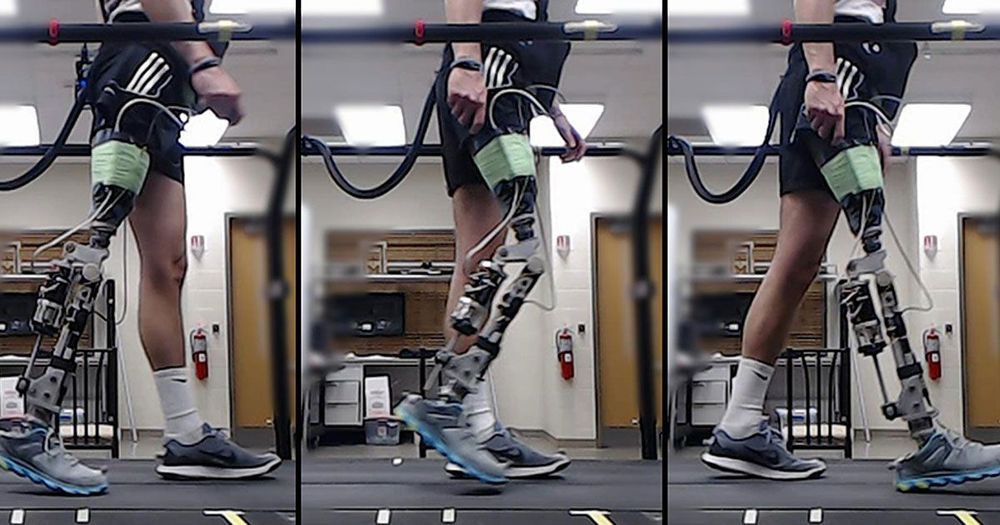The world has not entered the age of the killer robot, at least not yet. Today’s autonomous weapons are mostly static systems to shoot down incoming threats in self-defence, or missiles fired into narrowly defined areas. Almost all still have humans “in the loop” (eg, remotely pulling the trigger for a drone strike) or “on the loop” (ie, able to oversee and countermand an action). But tomorrow’s weapons will be able to travel farther from their human operators, move from one place to another and attack a wider range of targets with humans “out of the loop” (see article). Will they make war even more horrible? Will they threaten civilisation itself? It is time for states to think harder about how to control them.
A good approach is a Franco-German proposal that countries should share more information on how they assess new weapons; allow others to observe demonstrations of new systems; and agree on a code of conduct for their development and use. This will not end the horrors of war, or even halt autonomous weapons. But it is a realistic and sensible way forward. As weapons get cleverer, humans must keep up.
